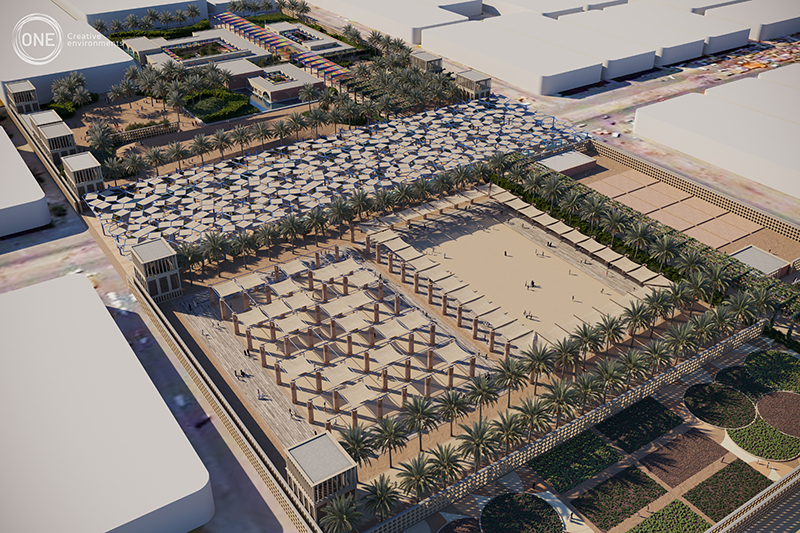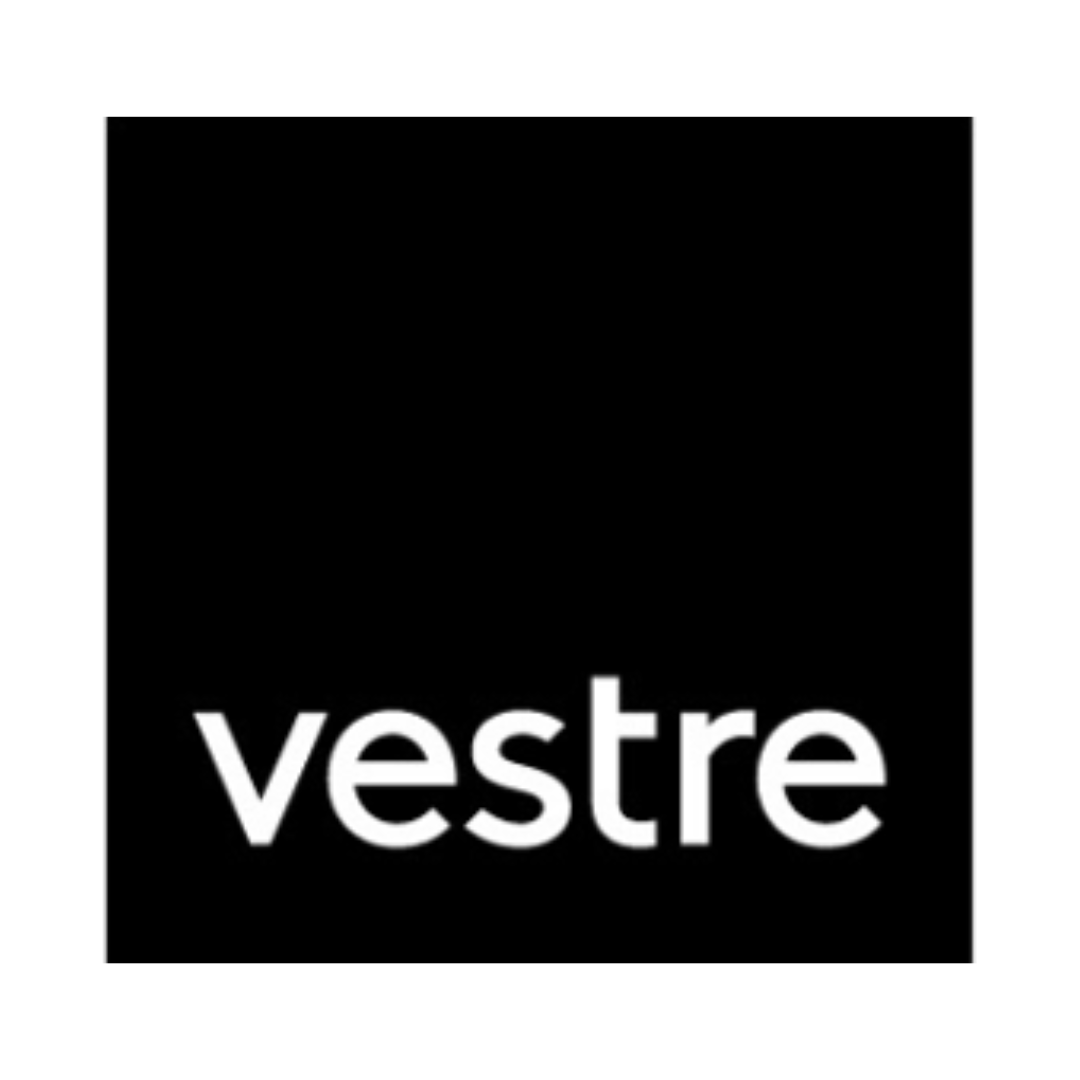Project showcase
Growth, Baghdad - Tamayouz Excellence Award, Dewan Award for Architecture with ONE Creative Environments

This proposal for Sadr City reflects the young population and seeks to enable the local community to build the spaces they require using vernacular materials, giving them the freedom to grow, adapt and construct their spaces
Who is the developer/client of the project?
Tamayouz Excellence Award - Dewan Award For Architecture
Describe the context of this project.
ONE Creative environments (ONE) was proud to be the only U.K company shortlisted from 36 different countries and to then receive second place in the Dewan Award for Architecture 2020.
The Dewan award, which is in its third year, seeks to recognise design proposals from around the world that respond to local challenges in Iraq. The brief in 2020 required proposals for a multi-activity youth complex and a public plaza in Almedina in Baghdad’s Sadr City.
Proposals needed to reflect the relatively young population of Sadr City, with around 20% of the population under 24, and create a public space that could be used by all people of Almedina for a wide range of public festival, events, and celebrations. Organisers of the award drew attention in the brief to the existing Souq Mredy, a market that evolves and changes to meet the needs of the residents, and pressure from officials to close the market down.
The brief saw the creation of a public space and youth complex as an opportunity to create an environment that brought people together to “serve as a platform to exchange ideas and aspirations”.
Being multi-disciplinary, with ONE’s landscape architects working closely with their architects, allowed the team to comprehensively fulfil the competition’s brief to create attractive and functional buildings and external spaces that would be valued by the local community, and to fulfil the aim of creating a creative incubator that would be formed by the people that used it.
Please describe your approach to this future place and its mix of uses. How will it function as a vibrant place? How does it knit into, and serve the needs of, the wider area?
ONE’s design builds upon how local people live in and use space for all aspects of life; such as births, marriages, fasting, education, business, religious ceremonies, and funerals – Almedina functions as adaptable spaces to support diverse functionality.
ONE’s proposal seeks to enable the local community to build the space they require using vernacular materials and gives them the freedom to grow their spaces according to daily needs while providing the tools to do so. For example, brick and clay tile production units to locally produce construction components, gardens to grow vegetables and two main adaptable spaces to host activities. The spaces would grow with the children and young people that used them, as the walls were laid and elements built the children would be able to learn the skills to build their community, brick by brick. The public spaces also provide support for nearby schools with playgrounds and football fields. The playgrounds would be built along the lines of ‘playwork’ where children would be given the resources and help to create their own playground.
The building’s design references traditional Baghdadi planning and is divided into 3 houses: Education, Arts and Joy all of which are characterised by a central courtyard ‘Hosh’ surrounded by light weight arcades. The courtyard functions as a hub for activities and has Islamic style gardens with water surfaces to cool the air within the building and semi-open Ursi style spaces are attached to courtyards to function as adaptable exterior spaces.
, complementing the existing shops, businesses and services in the town.
How will the carbon use/material impact of the development of this new place be mitigated? What is the sustainability strategy?
This proposal seeks to maximise plant growth, enable the growth of food locally, uses passive cooling methods and local vernacular building materials to promote a sustainable approach.
The main challenges from a landscape perspective were heat and water due to the hot, dry climate for most of the year in Iraq. The landscape design was all about creatively providing shading opportunities to encourage plants to grow and then making spaces that people had autonomy over including the ability to grow food.
Shading to pathways was created through planting and utilising trees as structural columns that provided shaded sections between them. Pathways were covered using a system of palm trees acting as upright supports in addition to timber uprights which were then connected by wires which could be covered with climbing plants, cloth sourced from Souq Mredy, palm branches or Imam Hussain flags during Muharram traditions. Plants would grow over the framework to create shaded areas, flourishing in areas that provide the optimum conditions so that the spaces evolve over time.
Environmental passive comfort solutions also included clay brick walls using vernacular materials and wind towers framing the site to increase wind speed at openings to create a cooling breeze. Wires connected smaller wind towers throughout the main public area to provide support for shade sails that could be moved over the space depending on conditions, and the activity taking place at the time. Shade sails could also be used to subdivide areas according to the needs of the users.
What do you see as the greatest contribution of this project to the citizens of this future place and its surrounding areas? You may also attach an additional image or document to support your entry.
ONE’s entry focused on the growth (نمو) design concept which provides social ownership over public spaces. This is crucial for the success of this project.
The design creates the conditions for the place to grow and gives local communities the opportunities and tools to adapt these spaces for their daily use. For example, gardens to grow vegetables, play areas for the local schools as well as two main adaptable spaces to host activities. Essentially our design was to support all aspects of life: such as births, marriages, fasting, education, business, religious ceremonies, and funerals.
The team wanted to create both indoor and outdoor spaces that would be valued by local people rather than impose non-vernacular interventions which may not become used. ONE undertook significant research to understand the area, environmental considerations and the local requirements before commencing the design to ensure its success.
Festival of Pineapples
24-26 February 2026
Pineapples prize giving night
April
Pineapples at Festival of Place
10 June 2026
© The Pineapples - Tweak Ltd. 124 City Road, London, EC1V 2NX. Tel: 020 3326 7238




